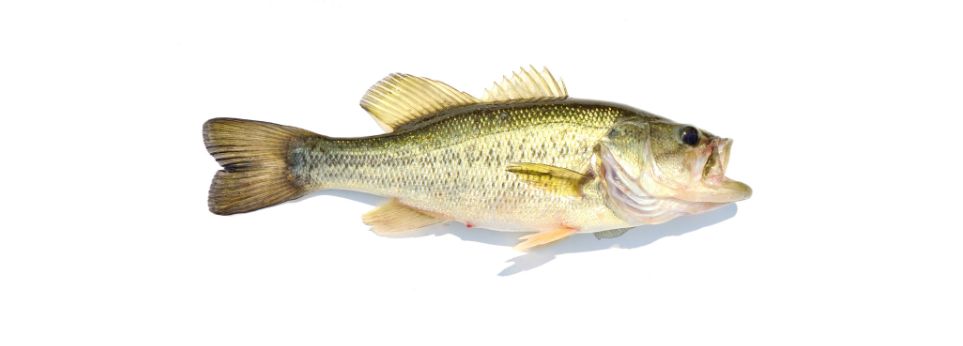Stories Worth Reeling In...
Native to North America, largemouth bass can be found in a range of freshwater environments, such as ponds, rivers, lakes, and reservoirs.
They frequently hang around near aquatic vegetation, such as weeds, lily pads, underwater brush, and other buildings, including docks, drop-offs, and points. They enjoy slow-moving water.
They are also known to adapt to shifting environmental circumstances and can be found in both clear and murky water.
Fish noted for their predatory instincts and aggressive nature, largemouth bass are solitary creatures.
Ambush predators conceal and wait for prey using covers like weeds, rocks, and logs. In pursuit of food, they are also known to patrol the perimeters of underwater constructions.
When it’s hot outside, largemouth bass is often less active and are most active in the morning and late afternoon.

One of the most common freshwater gamefish in North America, largemouth bass are highly prized by anglers. Diverse fishing methods, such as spincasting, fly-fishing, baitcasting, and trolling, are used to catch them.
Artificial lures like crankbaits, jigs, and spinnerbaits are common baits, as well as live bait like worms, minnows, and crayfish.
In particular during the spawning season, largemouth bass have also been known to be captured with topwater lures and surface baits.
Populations of largemouth bass are thought to be steady, and in some cases, have even expanded as a result of recreational fishing and stocking initiatives.
Largemouth bass populations, like many other species, may be impacted by alterations in the quality of the water, the destruction of their habitat, and the introduction of non-native species.
Overfishing and the release of non-native species may impact their numbers in some locations.
Numerous steps have been implemented to protect the preservation of largemouth bass, including catch-and-release restrictions, size restrictions, and habitat restoration initiatives.
» » Learn more about largemouth bass on Wikipedia.